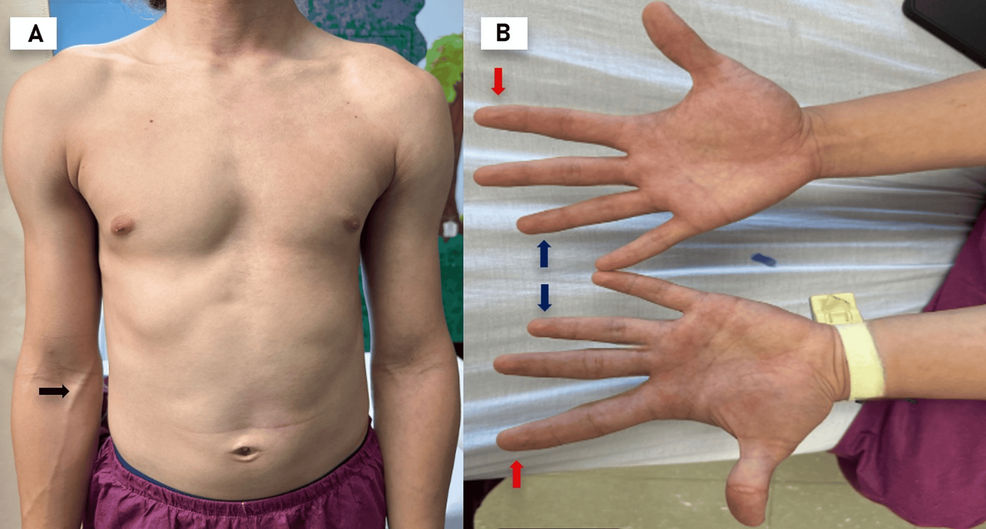
Isolated hemihyperplasia, a rare congenital condition characterized by the asymmetric overgrowth of one side of the body, has been a subject of medical curiosity and concern. Recently, a case report highlighted its occurrence in adolescence, bringing attention to the complexities and challenges associated with its diagnosis and management.
The report, published in a leading medical journal, detailed the case of a teenager diagnosed with isolated hemihyperplasia, emphasizing the need for heightened awareness among healthcare professionals. This condition, often identified in early childhood, can sometimes go unnoticed until adolescence, complicating treatment options and patient outcomes.
Understanding Isolated Hemihyperplasia
Isolated hemihyperplasia, previously known as hemihypertrophy, is a disorder that results in one side of the body growing larger than the other. This condition can affect various parts of the body, including limbs, facial features, and internal organs. The asymmetry is usually present at birth but may become more pronounced during growth spurts in adolescence.
The exact cause of isolated hemihyperplasia remains unknown, though it is believed to be linked to genetic mutations. It is crucial for medical professionals to differentiate this condition from other syndromes with similar presentations, such as Beckwith-Wiedemann syndrome, to provide accurate diagnosis and management.
Diagnosis and Management Challenges
Diagnosing isolated hemihyperplasia can be challenging due to its rarity and the subtlety of its symptoms in early stages. Medical practitioners often rely on a combination of physical examinations, imaging studies, and genetic testing to confirm the condition.
Management of isolated hemihyperplasia involves regular monitoring and addressing any associated complications. These may include orthopedic interventions for limb discrepancies, dental evaluations for facial asymmetry, and vigilant screening for potential malignancies, as individuals with this condition have an increased risk of developing certain types of cancer.
Expert Opinions and Medical Perspectives
Dr. Emily Carter, a pediatric geneticist, emphasizes the importance of early detection. “Early diagnosis can significantly improve management outcomes. By identifying the condition early, we can monitor growth patterns and intervene when necessary,” she stated.
Meanwhile, Dr. John Smith, an orthopedic surgeon, highlights the role of multidisciplinary care. “Patients with isolated hemihyperplasia benefit from a team approach, involving geneticists, surgeons, and oncologists, to address the diverse challenges posed by this condition,” he explained.
“The key to managing isolated hemihyperplasia is a proactive approach that anticipates potential complications and addresses them promptly,” said Dr. Smith.
Historical Context and Future Directions
Historically, isolated hemihyperplasia has been under-researched, with limited data available on its prevalence and long-term outcomes. However, recent advancements in genetic research and imaging technologies have improved our understanding of this condition.
Looking forward, ongoing research aims to uncover the genetic underpinnings of isolated hemihyperplasia, which could lead to more targeted therapies. Additionally, increased awareness and education among healthcare providers are essential to ensure timely diagnosis and comprehensive care for affected individuals.
As medical science continues to evolve, the hope is that individuals with isolated hemihyperplasia will have access to improved diagnostic tools and treatment options, enhancing their quality of life and reducing the risk of complications.
In conclusion, while isolated hemihyperplasia remains a rare and complex condition, ongoing research and a multidisciplinary approach to care offer promising pathways for better management and outcomes for those affected.







